Knox, William J., Jr. (William Jacob), 1904-1995
Dates
- Existence: 1904 - 1995
Biographical Statement
Dr. William J. Knox, Jr., professor of chemistry, researcher at Kodak Corporation, and member of the Columbia University nuclear research team on the Manhattan Project (1942-1945).
Dr. William J. Knox Jr., the eldest of five children (three boys and two girls), was born January 5, 1904, in New Bedford, Massachusetts, to Estella Briggs, a homemaker, and William Knox, a postal worker. The grandson of former slaves, Knox entered Harvard University in 1921, where he, as well as his two brothers, Clinton Everett and Lawrence Howland, attended as undergraduates. In 1925, he graduated from Harvard with a B.A. in chemistry. He moved to Charlotte, North Carolina, to teach general, analytical, organic, and physical chemistry at Johnson C. Smith College (1925-1928). In 1928, he enrolled at the Massachusetts Institute of Technology (MIT), where he earned a Master's degree in Chemical Engineering in 1929. That same year, with the help of Percy Julian, head of Howard University's chemistry department, Knox worked as an instructor in chemistry at Howard (1929-1931). While at Howard University, he met Edna Lenora Jordan of Richmond, Virginia, and they were married on September 1, 1931. The union produced one child, Sandra. Knox returned to MIT, where he earned a Ph.D. in 1935. His dissertation examined the absorption of light by nitrogen tetra oxide. After earning his Ph.D., Knox returned to the South to teach at North Carolina Agricultural and Technical College in Greensboro (1935-1936) and later became Head of the Department of Chemistry at Talladega College in Talladega, Alabama (1936-1942).
Knox served as a research associate and section leader for the corrosion section of Columbia University's nuclear research team, known as the Manhattan Project in New York City (1942-1945). Willard F. Libby led the team and supervised the project's research into gaseous diffusion techniques for separation of uranium isotopes, which was a vital factor in the American effort to build a nuclear weapon. Knox's younger brother, Lawrence, later joined the Manhattan Project as a researcher.
After World War II ended, Libby recommended Knox for a position as a research scientist for the Eastman Kodak Company in Rochester, New York. Knox was able to transfer his wartime experience to private industry at Kodak (1945-1970). He worked on a number of projects, including coating compositions and wetting agents that helped Kodak keep up with increasing demands for film and paper stock. During his twenty-five year tenure at Kodak, he amassed two dozen patents.
During the post-war years, Knox became involved in housing and community development issues in the greater Rochester area. He was the first president of the Rochester Urban League, president of Baden Street Settlement, a board member of the Genesee Valley Chapter of the American Civil Liberties Union, and president of the Legal Aid Society of Rochester. Knox was a member of a number of civil rights and housing related groups including, New York Advisory Council to the Federal Civil Rights Commission, State Commission on Human Rights, Rochester Council of the New York State Commission Against Discrimination, and Rochester Housing Authority. Knox resigned from the Rochester Housing Authority in September 1964 after a dispute over how many public housing units should be built in middle class white neighborhoods in Rochester.
William J. Knox, Jr. died on July 9, 1995, in Newtown, Massachusetts.
